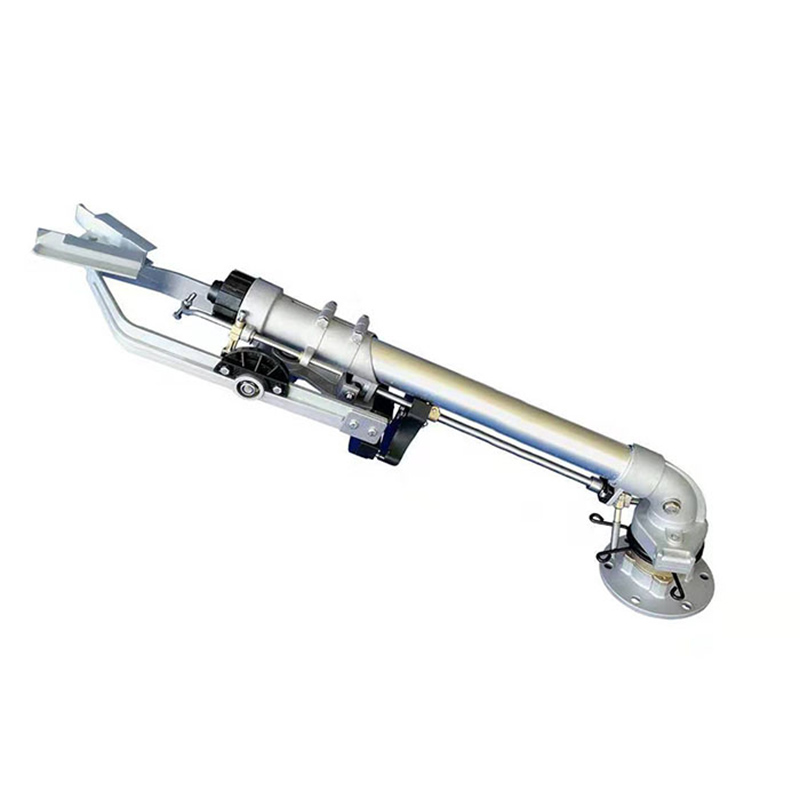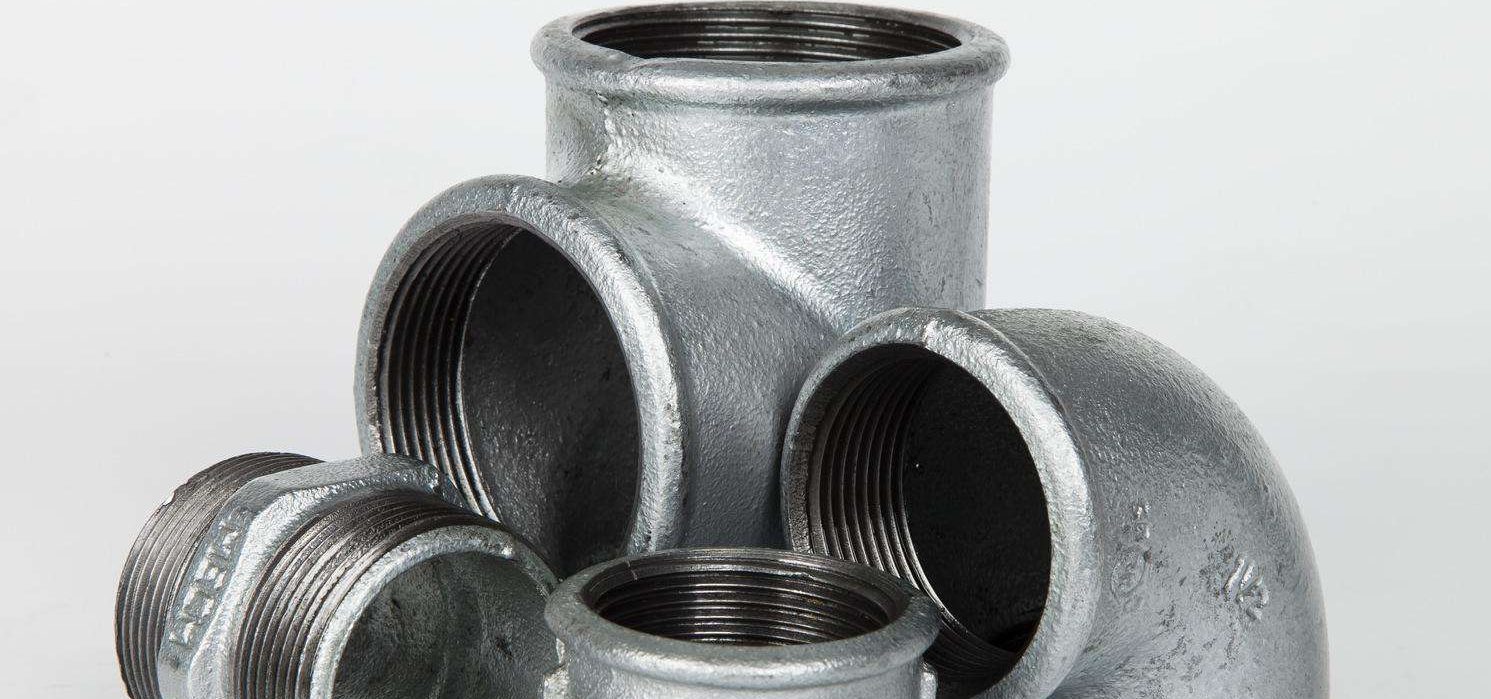Maintaining a garden drip irrigation system is crucial to ensure its longevity and optimal performance.
Here’s a maintenance checklist for garden drip irrigation systems:
- Regular Inspection: Periodically check the entire system for leaks, clogs, or damaged components. Look for wet spots, puddles, or areas with insufficient water.
- Clean Filters: Clean or replace filters regularly to prevent clogging caused by debris, sediment, or mineral buildup. This ensures proper water flow and prevents emitter blockages.
- Flush the System: Flush the system to remove any accumulated debris or sediment. Open the end of the tubing or use system-specific flush valves to clear out the lines.
- Check Emitters and Drippers: Inspect and clean emitters or drippers to ensure they’re delivering water evenly. Remove any dirt or debris blocking the flow.
- Adjust Emitter Positions: Over time, plants may grow or change, affecting the placement of emitters. Adjust their positions to ensure each plant receives adequate water.
- Inspect Tubing and Connectors: Check tubing for cracks, wear, or damage. Replace damaged sections and ensure connectors and fittings are secure to prevent leaks.
- Pressure and Flow Test: Regularly test the system’s pressure and flow rates to ensure they’re within the desired range. Adjust as needed for optimal performance.
- Monitor Timer or Controller: If the system is automated, check and adjust the timer or controller settings based on seasonal changes or plant requirements.
- Protect the System: Protect tubing from physical damage caused by garden tools, animals, or extreme weather conditions. Use mulch or cover crops to shield the tubing.
- Winterization: In colder climates, prepare the system for winter by draining water from the lines to prevent freezing. Store removable components indoors.
- Regular Inspections: Perform routine inspections at the beginning and end of the growing season and periodically throughout to catch any issues early.
- Documentation: Keep records of maintenance tasks performed, including any repairs, replacements, or adjustments made to the system.
By conducting regular inspections, cleaning filters, ensuring proper water flow, and protecting the system from damage, gardeners can maintain the efficiency and longevity of their drip irrigation systems, ensuring healthy plants and water conservation in the garden.
How can garden drip irrigation systems be customized for various plant types or watering needs?
Garden drip irrigation systems offer flexibility and customization to meet the specific watering needs of various plants.
Here’s how they can be tailored for different plant types or watering requirements:
- Emitter Selection: Different emitters or drippers provide varying flow rates. Select emitters with appropriate flow rates based on the water needs of specific plants. For example, plants needing more water can have higher flow emitters while those needing less can have lower flow emitters.
- Emitter Spacing: Adjust the spacing between emitters to match the water requirements of different plants. Plants needing more water can have closer emitter spacing, while those needing less frequent watering can have wider spacing.
- Zone Segmentation: Divide the garden into zones based on plant types, water requirements, or soil conditions. garden drip irrigation Each zone can have a separate drip line with emitters tailored to the specific needs of plants in that area.
- Timing and Duration: Program the irrigation timer or controller to deliver water at times best suited for each plant type. Some plants may require more frequent but shorter watering sessions, while others may need deeper, less frequent watering.
- Adjustable Pressure Regulators: Install adjustable pressure regulators to modify water pressure in different sections of the system. This allows customization for plants with varying water pressure requirements.
- Different Tubing Sizes: Use tubing of different diameters based on the water needs of specific areas or plants. Larger diameter tubing can deliver more water to thirsty plants, while smaller diameter tubing suits plants requiring less water.
- Drip Tape or Soaker Hoses: Use drip tape or soaker hoses for rows of plants or larger garden areas. These provide uniform water distribution along their length and are suitable for beds of similar water requirements.
- Subsurface Drip Irrigation: Consider subsurface drip systems for water-sensitive plants or to minimize surface evaporation. These systems deliver water directly to the root zone underground.
- Mulch and Cover: Apply mulch around plants to retain moisture and reduce water loss through evaporation. Mulch helps maintain soil moisture levels, benefiting plants with varied water needs.
- Adjustable Flow Emitters: Install adjustable flow emitters or drippers that allow manual adjustment of water output. This flexibility lets gardeners fine-tune watering based on plant growth or seasonal changes.
By customizing the drip irrigation system’s components and configurations, gardeners can effectively meet the diverse watering needs of different plants, ensuring optimal growth and water efficiency across the garden.

